Common Mistakes to Avoid with DIY Concrete Pouring
If you wish to save some bucks when building a new driveway, patio or other concrete surfaces, you might consider pouring the concrete by yourself. However, without careful planning and ample research about the project, you may end up compromising the aesthetic appeal and functionality of your concrete surfaces.
At Melton Concreters, we understand that mixing and pouring the concrete can be a complicated process because of the all essential factors to consider. That is why our team has gathered some of the common mistakes you can encounter when trying to pour concrete by yourself. By knowing these mistakes, you can avoid them and achieve a strong and aesthetically pleasing concrete finish.
Not Creating a Firm Base
Preparing the surface where you will pour the concrete is an important step you should not forget. You have to clear the debris, dirt and plants on the site. Besides that, you also have to create a firm base because when you pour concrete on top of loose soil, it can deteriorate, crack and crumble quickly. To avoid that, you have to ensure that the soil is tightly packed and levelled before you pour the concrete. Moreover, you also have to carefully install and level the forms or borders to get the finish you want.
Using the Wrong Tools
To avoid uneven surfaces, bumps, cracks and holes in your concrete, you have to use the right tools for the project. When dealing with concrete construction, you need to have heavy-duty tools because wooden and plastic tools may be easily broken. Some of the essential tools you should have are a large wheelbarrow, concrete mixer, bull float or darby, magnesium float, and concrete groover.
Runny Concrete Mixture
A runny concrete mixture is probably one of the most common mistakes that people commit when mixing concrete because adding a lot of water to the cement can make it easier to handle. However, a runny concrete mixture is not ideal because the strength of the concrete surfaces will diminish. On the other hand, a concrete mix that is too dry is also not a good thing because the cement requires sufficient moisture to cure and have a durable finish. To avoid these problems, you can check the right water and cement ratio recommended by the manufacturer.
Pouring Too Thin
Concrete surfaces are durable and long-lasting but only if it is properly mixed and laid correctly. If you are planning to pour concrete for a shed floor or a patio, it is essential to make your concrete slab not thinner than four inches. In most cases, concrete slabs should be about six-inch thick to withstand heavy foot and car traffic.
Troweling Too Early or Too Late
Before the concrete hardens, you have to carefully smooth the surface using a trowel. Through this, you can achieve a levelled and smooth surface. To do this, you have to finish the concrete when water on its surface has dried and the concrete is still soft and manageable. If you trowel the surface too soon, you might have a lot of water forming on the surface. When this happens, the concrete’s surface will flake and will not have a smooth finish. On the other hand, if you trowel too late, the concrete may be too dry and not workable. To determine the right time to trowel, you have to note the air temperature and how wet or dry your concrete mixture is.
Ready to work with MELTON CONCRETERS?
Let's connect! We’re here to help.
Send us a message and we’ll be in touch.
Or give us a call today at 03 9118 0690

